.
13.04.2016
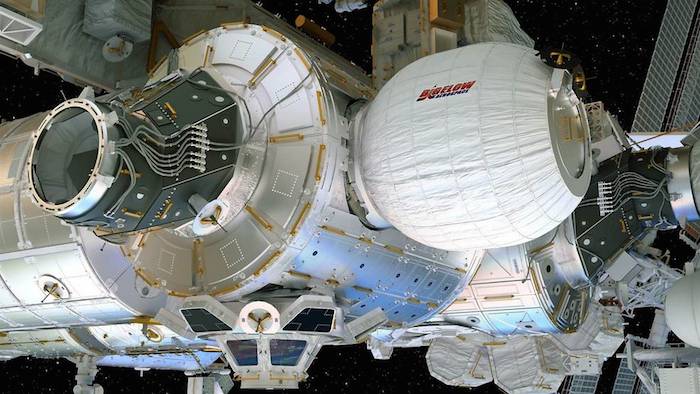
This artist’s concept depicts the Bigelow Expandable Activity Module attached to the International Space Station’s Tranquility module.
Credits: Bigelow Aerospace
The first human-rated expandable structure that may help inform the design of deep space habitats is set to be installed to the International Space Station Saturday, April 16. NASA Television coverage of the installation will begin at 5:30 a.m. EDT.
The Bigelow Expandable Activity Module (BEAM) will be attached to the station’s Tranquility module over a period of about four hours. Controllers in mission control at NASA’s Johnson Space Center in Houston will remove BEAM from the unpressurized trunk of SpaceX’s Dragon spacecraft, using the robotic Canadarm2, and move it into position next to Tranquility’s aft assembly port. NASA astronauts aboard the station will secure BEAM using common berthing mechanism controls. Robotic operations begin at 2:15 a.m. and are expected to be complete by 6:15 a.m.
BEAM launched aboard Dragon on April 8 from Cape Canaveral Air Force Station in Florida. At the end of May, the module will be expanded to nearly five times its compressed size of 7 feet in diameter by 8 feet in length to roughly 10 feet in diameter and 13 feet in length.
Astronauts will first enter the habitat about a week after expansion and, during a two-year test mission, will return to the module for a few hours several times a year to retrieve sensor data and assess conditions.
Expandable habitats are designed to take up less room on a rocket, but provide greater volume for living and working in space once expanded. This first test of an expandable module will allow investigators to gauge how well the habitat performs overall and, specifically, how well it protects against solar radiation, space debris and the temperature extremes of space. Once the test period is over, BEAM will be released from the space station, and will burn up during its descent through Earth’s atmosphere.
BEAM is an example of NASA’s increased commitment to partnering with industry to enable the growth of the commercial use of space. The BEAM project is co-sponsored by NASA's Advanced Exploration Systems Division and Bigelow Aerospace.
The International Space Station serves as the world's leading laboratory for conducting cutting-edge microgravity research and is the primary platform for technology development and testing in space to enable human and robotic exploration of destinations beyond low-Earth orbit, including asteroids and Mars.
Quelle: NASA
.
Update: 15.04.2016
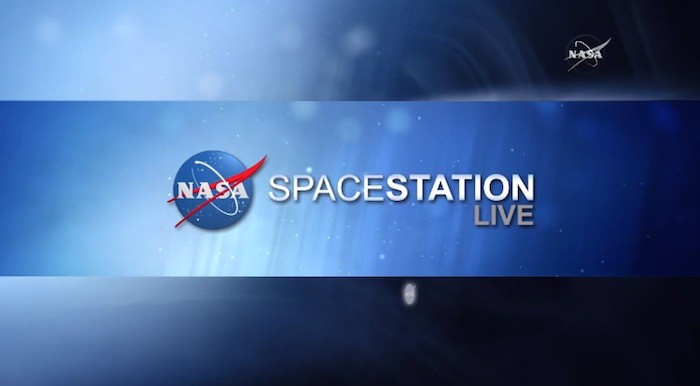
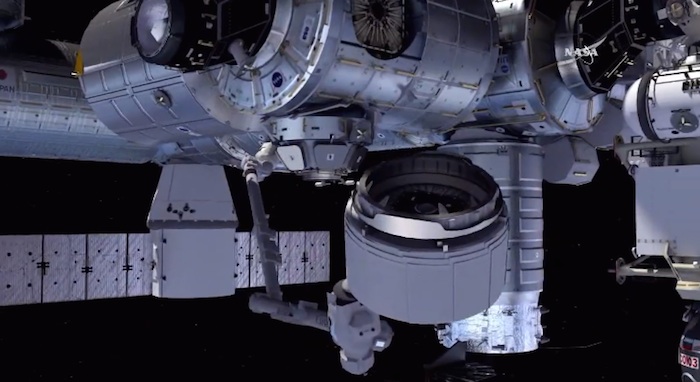
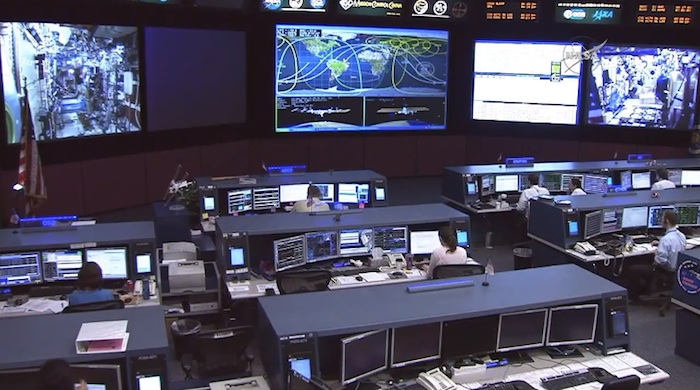
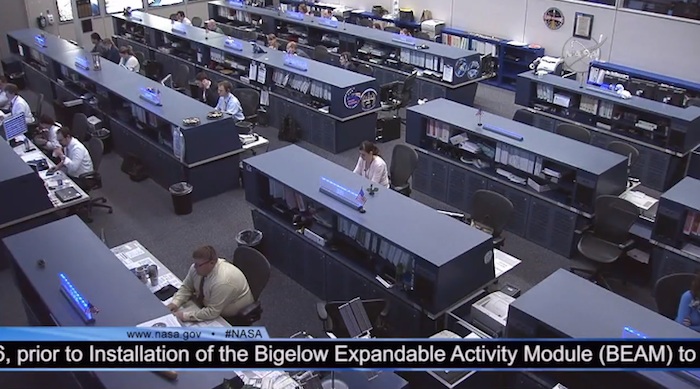
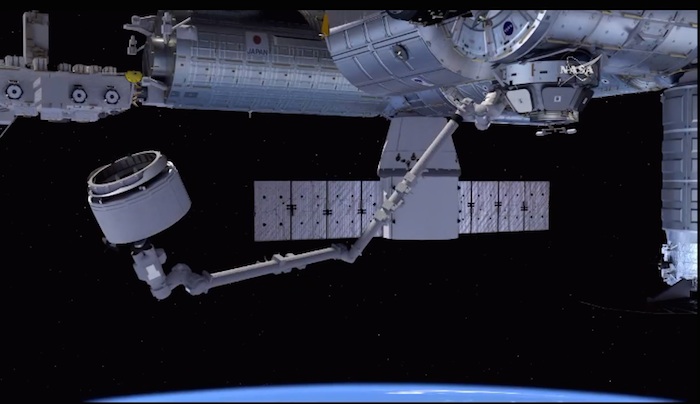
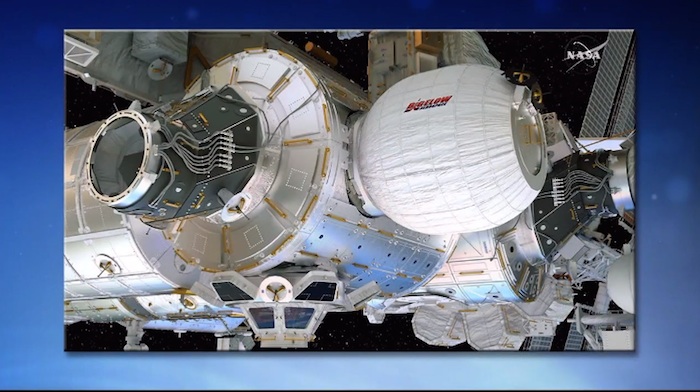
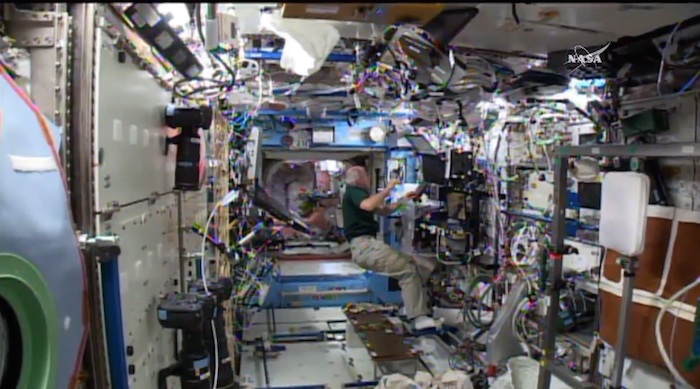
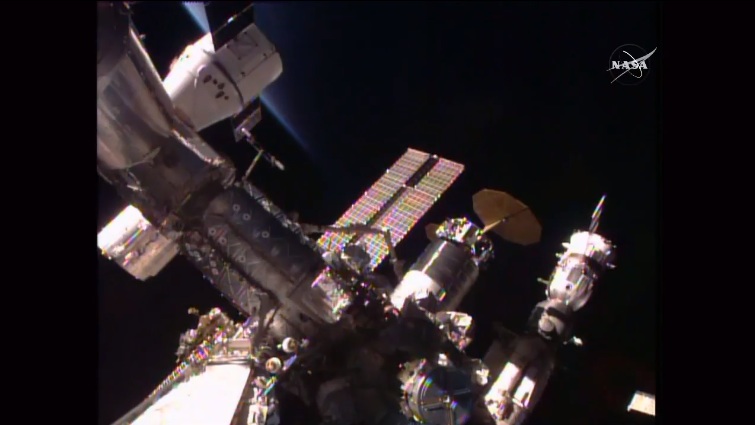
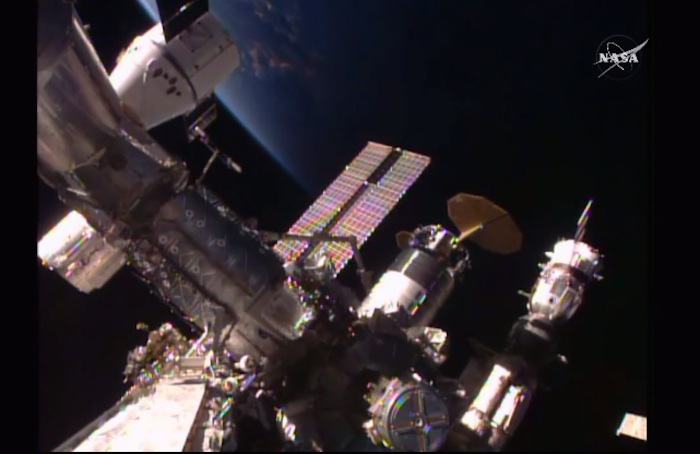
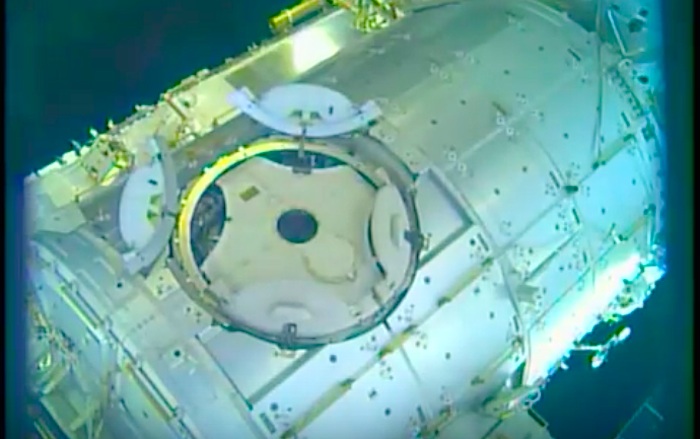
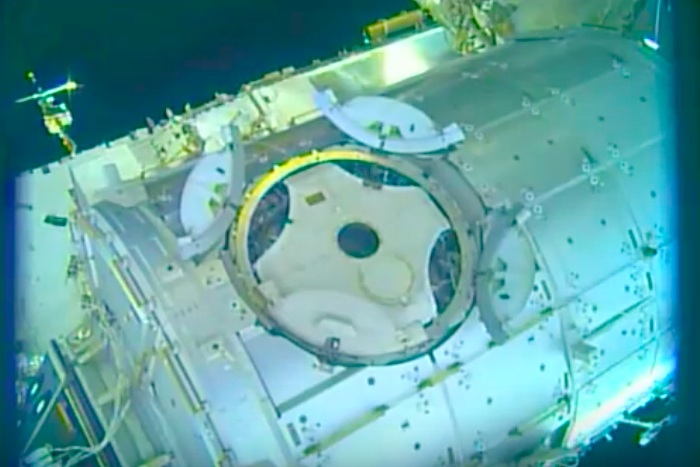
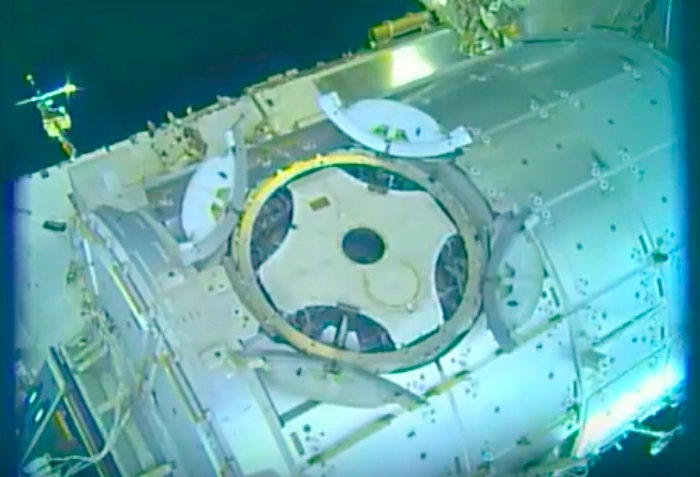
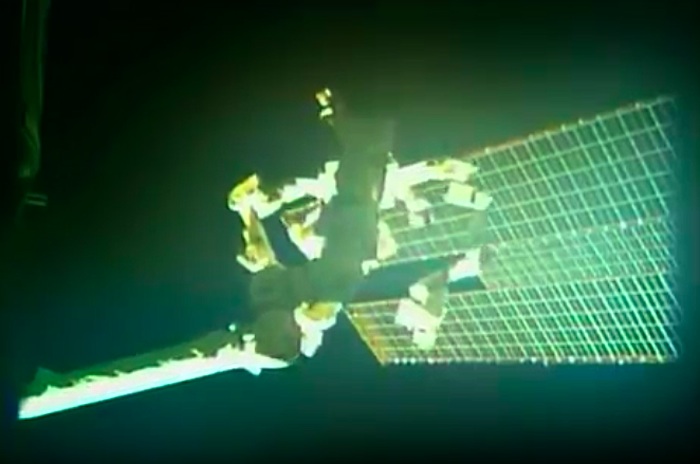
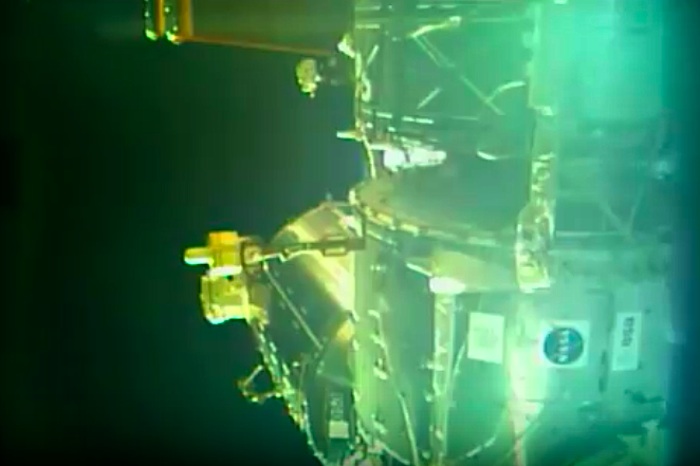
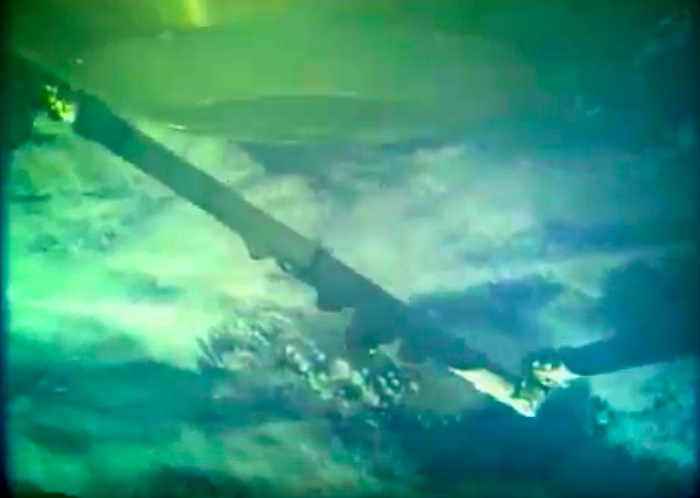
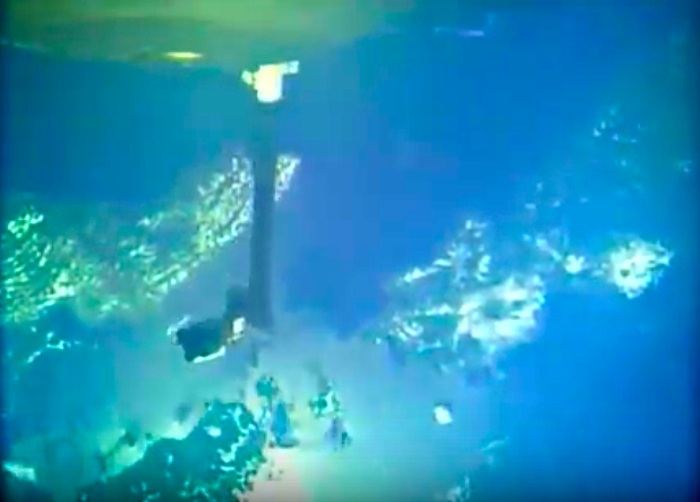
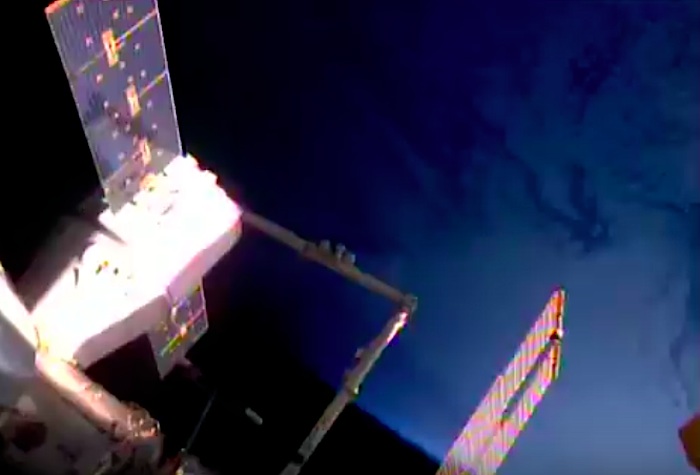
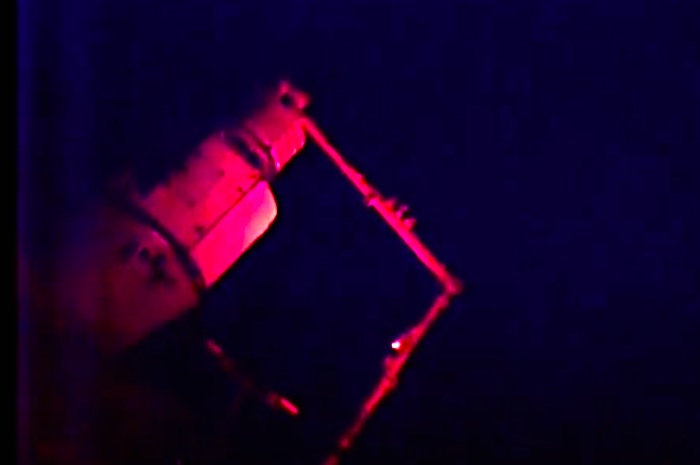
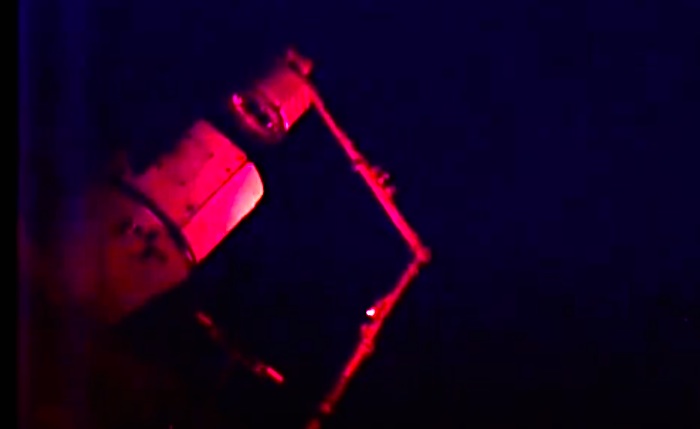
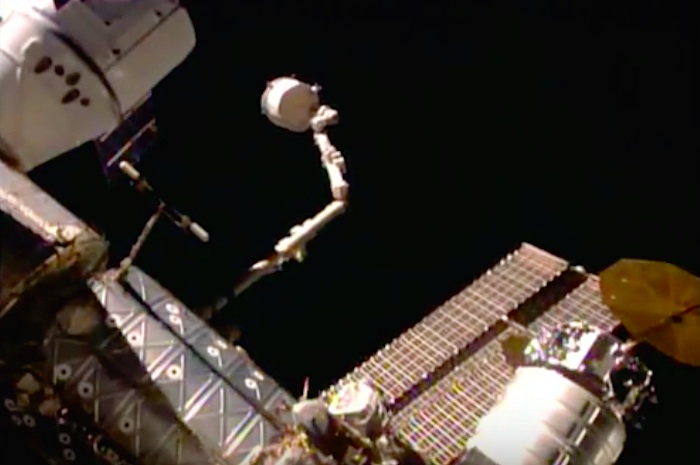
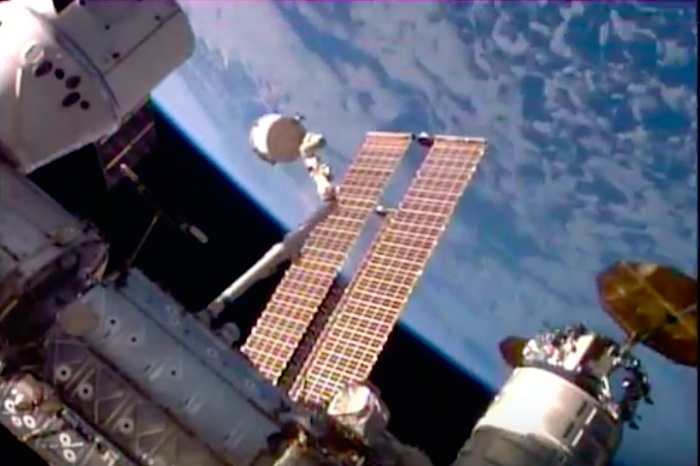
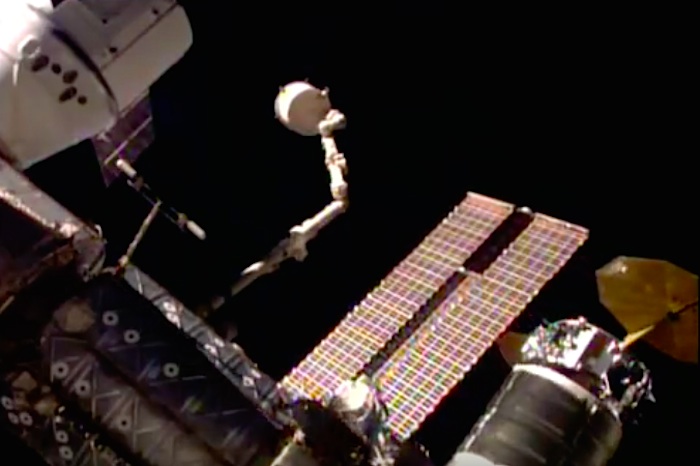
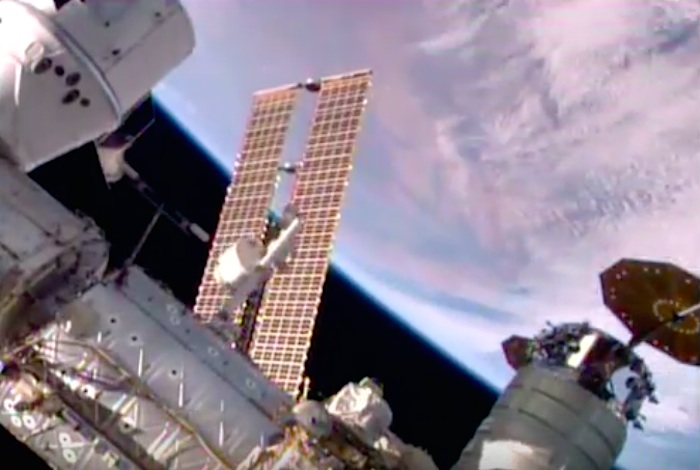
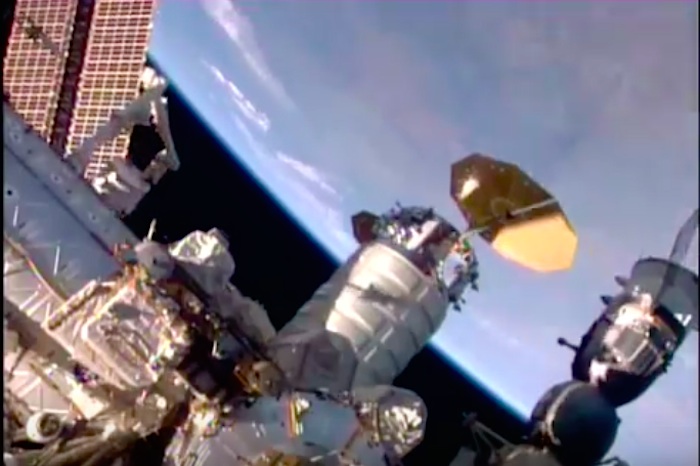
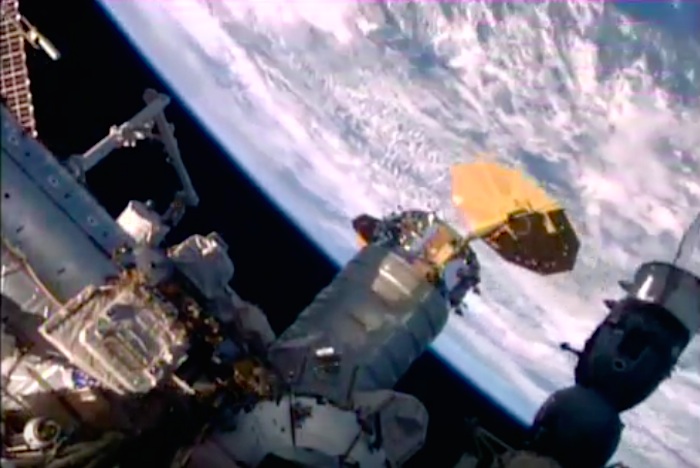
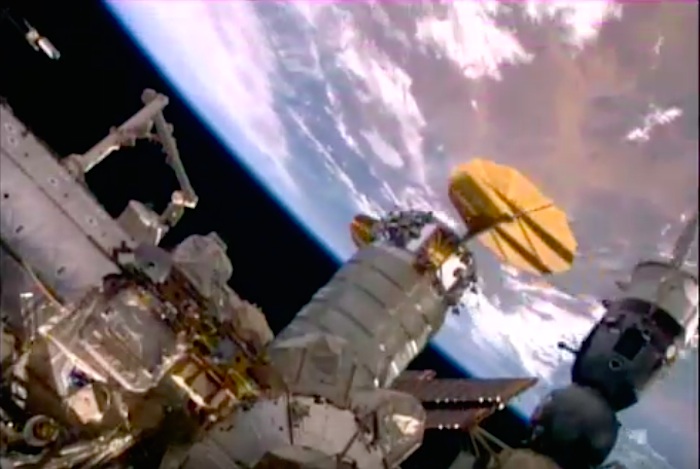
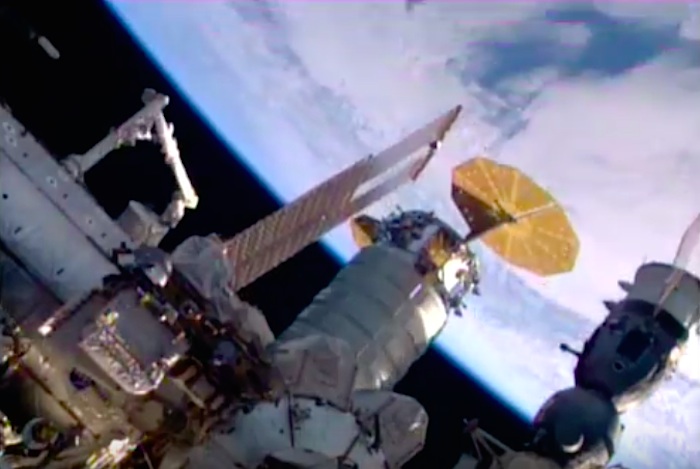
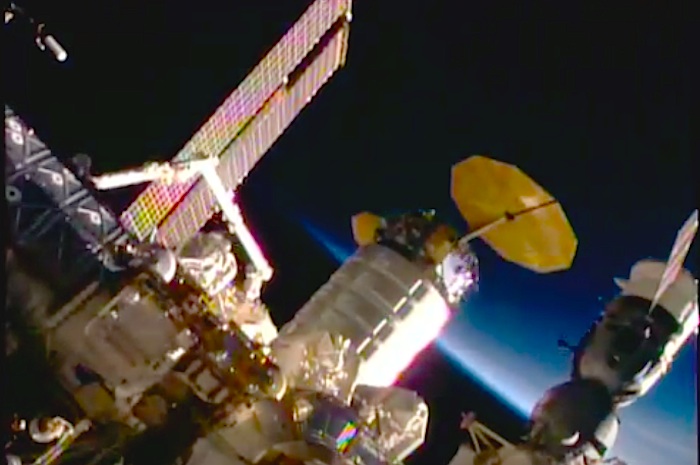
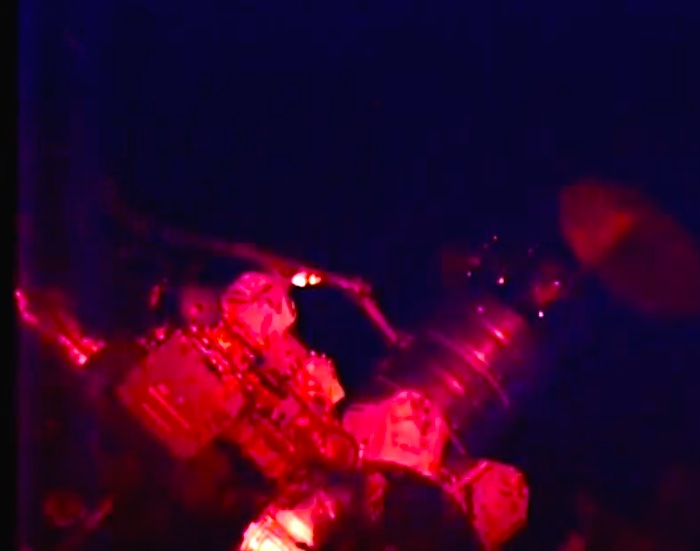
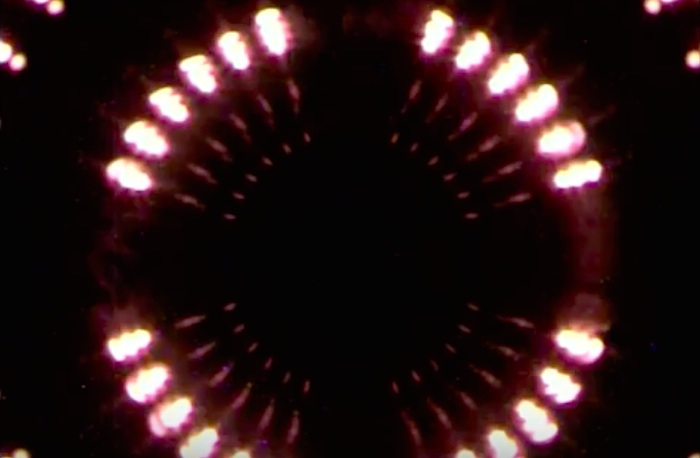
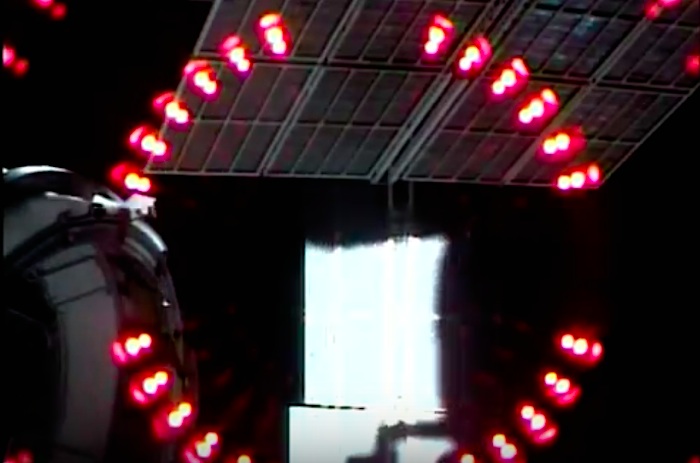
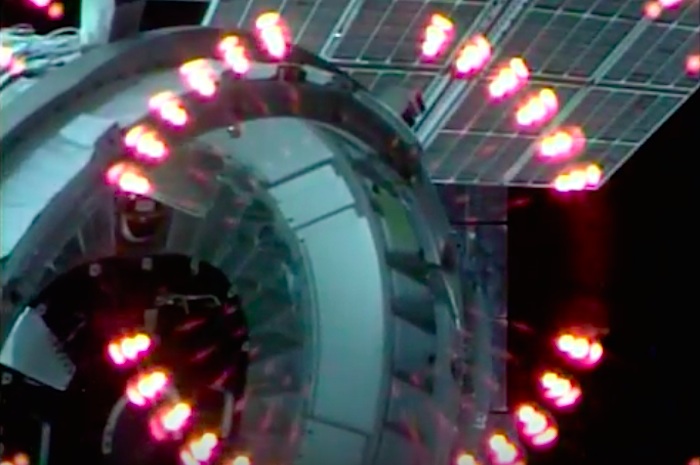
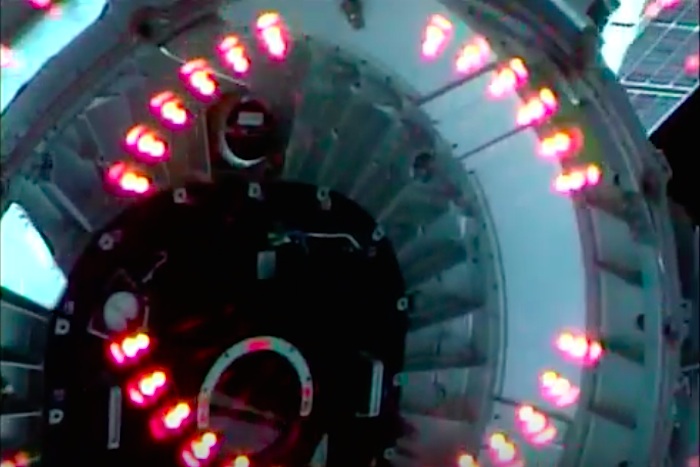
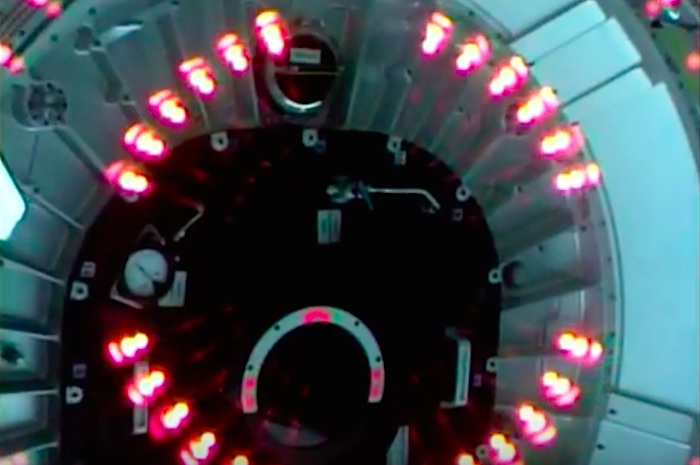
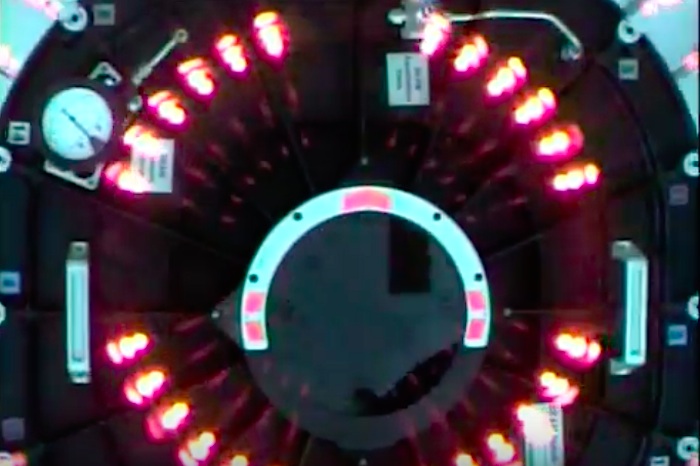
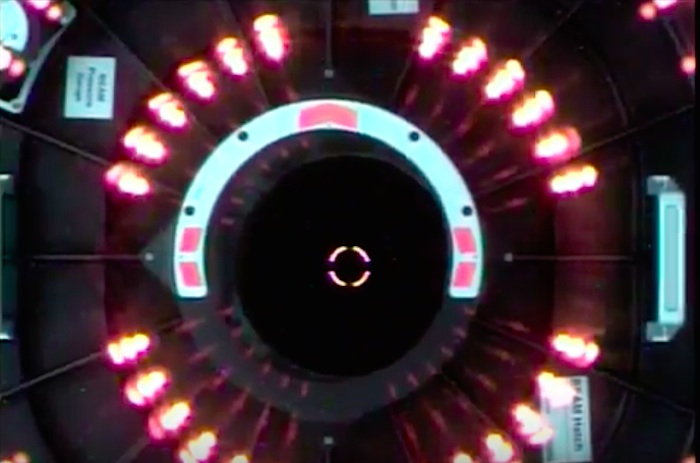
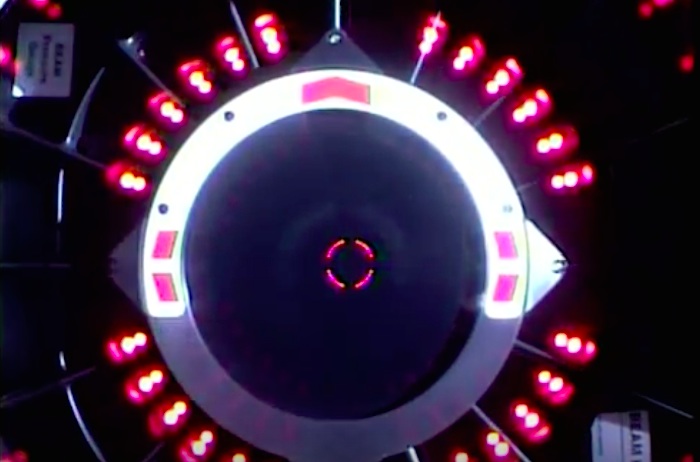
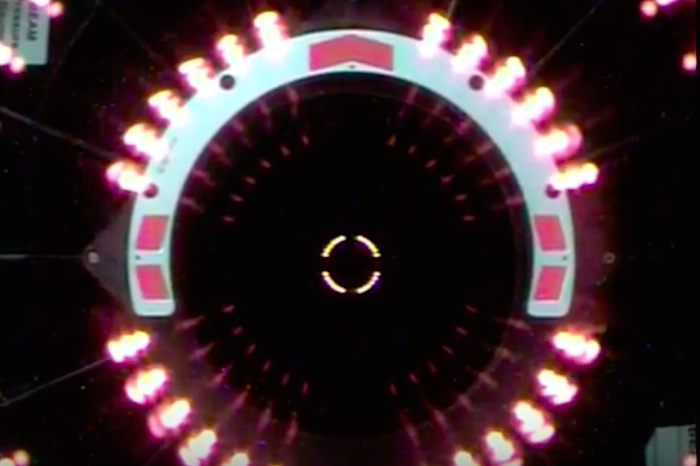
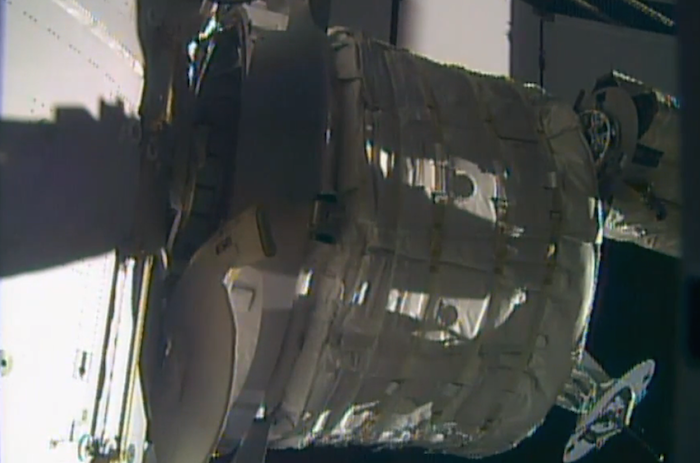
Station Gets Ready for BEAM as Crew Researches Life Science
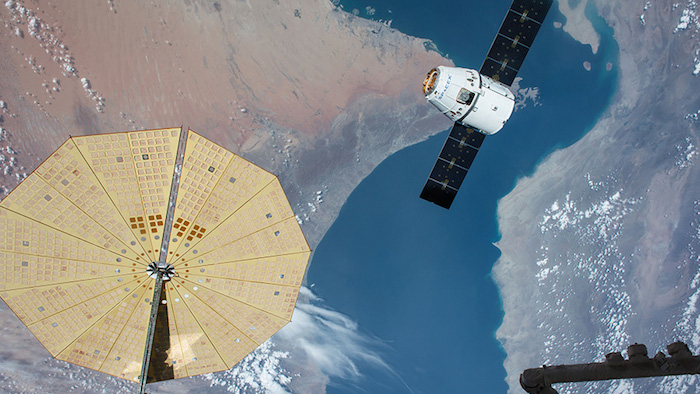
The SpaceX Dragon approaches the International Space Station. The round solar array of the Orbital ATK Cygnus spacecraft is in the left foreground.
-
The International Space Station will get a new module Saturday when the Bigelow Expandable Activity Module (BEAM) is removed from the SpaceX Dragon and installed on the Tranquility module. BEAM will be attached to the station for two years of tests before expandable modules become a permanent feature of future spacecraft.
NASA and its international partners are using the station as an orbital laboratory to learn how the human body adapts to living and working in space. The wide variety of human research taking place on orbit today looked at work performance, vision, heart function, bones and muscles.
British astronaut Tim Peake explored how astronauts perform detailed, interactive tasks using a touchscreen tablet for the Fine Motor Skills experiment. He also joined Commander Tim Kopra for eye checks as scientists study how the lack of gravity affects vision. NASA astronaut Jeff Williams scanned his legs with an ultrasound device for the Sprint exercise study and helped search for gravity sensors in cells to prevent muscle atrophy in space.
Cosmonauts Alexey Ovchinin and Oleg Skripochka researched heart function so doctors can understand how the cardiovascular system adapts during different phases of a spaceflight. Veteran cosmonaut Yuri Malenchenko performed maintenance throughout the orbital lab’s Russian segment. He swapped out GoPro batteries and photographed the condition Zvezda service module panels.
Quelle: NASA
-
Update: 16.04.2016 / 14.00 MESZ
.
Anbringen von Bigelow-Test-Habitat an ISS









...





























Quelle: NASA
.
Update: 17.04.2016
.
BEAM Successfully Installed to the International Space Station
.
Following extraction from Dragon, the Bigelow Expandable Activity Module (BEAM) was installed to the International Space Station at 5:36 a.m. EDT. At the time of installation, the space station was flying over the Southern Pacific Ocean. It will remain attached to station for two-year test period.
.

he Bigelow Expandable Activity Module, or BEAM, is attached to the International Space Station early on April 16, 2016.
-
NASA is investigating concepts for habitats that can keep astronauts healthy during space exploration. Expandable habitats are one such concept under consideration – they require less payload volume on the rocket than traditional rigid structures, and expand after being deployed in space to provide additional room for astronauts to live and work inside. BEAM will be the first test of such a module attached to the space station. It will allow investigators to gauge how well it performs overall, and how it protects against solar radiation, space debris and the temperature extremes of space.
In late May, BEAM will be filled with air and expanded to its full size. Astronauts will enter BEAM on an occasional basis to conduct tests to validate the module’s overall performance and the capability of expandable habitats. After the testing period is completed, BEAM will be released from the space station to eventually burn up harmlessly in the Earth’s atmosphere.
Quelle: NASA
3976 Views
